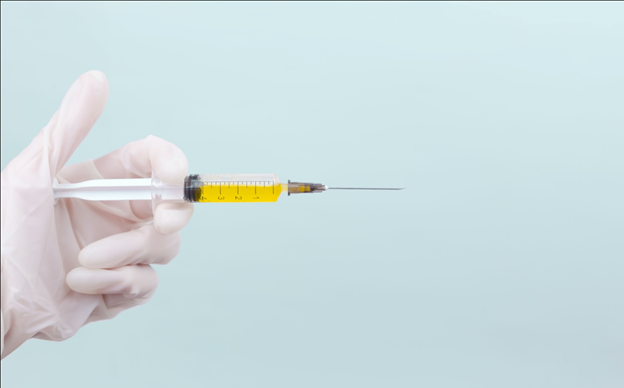
If you’re a registered nurse in the US, Phlebotomy Career Training has an opportunity to earn those much-needed continuing education units (CEUs) while also getting a qualification that helps take you further as a medical professional.
We’re referring to PCT’s IV Technician Certification, an entirely online certification that helps brief you on the legal aspects of intravenous insertion and flushing, the principles surrounding it, the safety precautions involved, hazards, and treatment. The course also reviews Occupational Health And Safety Administration (OSHA) protocols. It discusses in-depth the equipment involved in venipuncture and the physiology and psychology of a person who has been treated via IV.
The comprehensive course spans roughly 30 hours of instruction and 10 hours of practice sessions. Of course, since the course is online, these practice sessions are carried out with a camera and an intravenous mannequin arm. The arm mimics the structure of a real arm and is meant to be used to practice procedures in the presence of an instructor. The instructor then provides feedback regarding improvements and important considerations.
As one of the many fully online courses in PCT’s catalog, the IV Technician course is designed to accommodate the busy schedule of the working adult. You have six months from the date of purchase to complete the entire course, giving you ample time to finish the 40 hours of material. Students are also given a copy of the national IV Technician exam guide, and the course helps prepare them to take the exam. The web-based course is accessible via mobile, desktop, and tablet and is available to students 24/7.
The course is intended for individuals who’ve already been practicing as a phlebotomist, medical assistant, registered nurse, LPN, NP, PA, MD, dental hygienist, dentist, EMT, Paramedic, or Fire Fighter, and also requires prior knowledge of patient care and venipuncture.
The material covered in the course is of particular benefit to nurses who form the frontline of healthcare. The precautions, hazards, and treatments discussed in the course help provide in-depth knowledge regarding critical aspects of care.
Upon successfully completing the course, students are also entitled to CEUs accredited by the National Telemetry Association through CAPCE. The credits serve to showcase that you’ve been putting in hours to keep your skills at the cutting edge and help further qualify you as a medical professional.
The IV Technician course is only one of the many courses PCT has to offer, including a 20 certification bundle, strictly for in-classroom students. Other courses available in medical health offered at Phlebotomy Career Training include; Cardio-Phlebotomy Technician, Pharmacy Technician, Electrocardiogram Technician, Dialysis Technician, Medical Assistant, Patient Care Technician, Medical Coding and Billing and more! So many options pave the way into many different careers so that you are never without a job choice.
A national certification through the NAPTP is included with most programs. Having an extra level of certification does wonders for your resume as well makes you a desired candidate above others.
If you’d like to know more about the IV Technician Certification course, or any of the other courses offered by PCT, consider visiting their website or dropping by their location in Garden City, Michigan.







